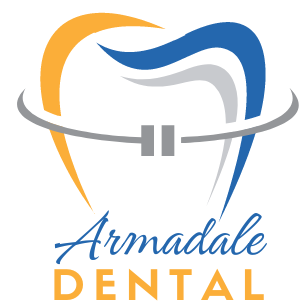Intraoral scanning is a revolutionary dental procedure that has transformed the way dentists collect digital impressions of a patient’s teeth and oral structures. During this non-invasive procedure, a small, handheld device equipped with a camera is used to capture highly detailed 3D images of the patient’s mouth. This process eliminates the need for traditional messy and uncomfortable impression materials like putty, making it a more comfortable experience for patients. The intraoral scanner swiftly captures the data, creating a virtual model of the patient’s teeth, which can be used for a wide range of dental treatments, including crowns, bridges, orthodontics, and more. The procedure is not only quicker and more comfortable for patients but also provides more accurate impressions, leading to better-fitting restorations and improved treatment outcomes.


One of the primary benefits of intraoral scanning is its accuracy. The digital impressions obtained through this method are highly precise, reducing the margin for error in treatment planning and restorative work. Patients also benefit from a more comfortable experience as there’s no need to endure the discomfort of traditional impression materials. Furthermore, intraoral scanning supports better communication between the patient and the dentist, as the patient can see the digital images in real-time, aiding in treatment discussions and decision-making. Another advantage is the reduction in turnaround time for dental restorations. With digital impressions, data can be quickly transmitted to dental laboratories, expediting the fabrication process and leading to faster treatment completion.
Maintenance of intraoral scanning equipment is essential to ensure its reliability and longevity. Dental professionals must follow manufacturer recommendations for cleaning and sterilizing the device, which typically involves using disinfectant wipes and sterilization methods that won’t damage the sensitive components. Regular calibration and software updates are also crucial to maintain the accuracy of the scanner. Staff training is essential to ensure proper handling and operation of the device. Ensuring that the scanner remains free from physical damage and contamination is vital to guarantee consistent and precise performance. Regular maintenance not only prolongs the life of the intraoral scanner but also ensures that patients continue to receive the benefits of this cutting-edge dental technology.

